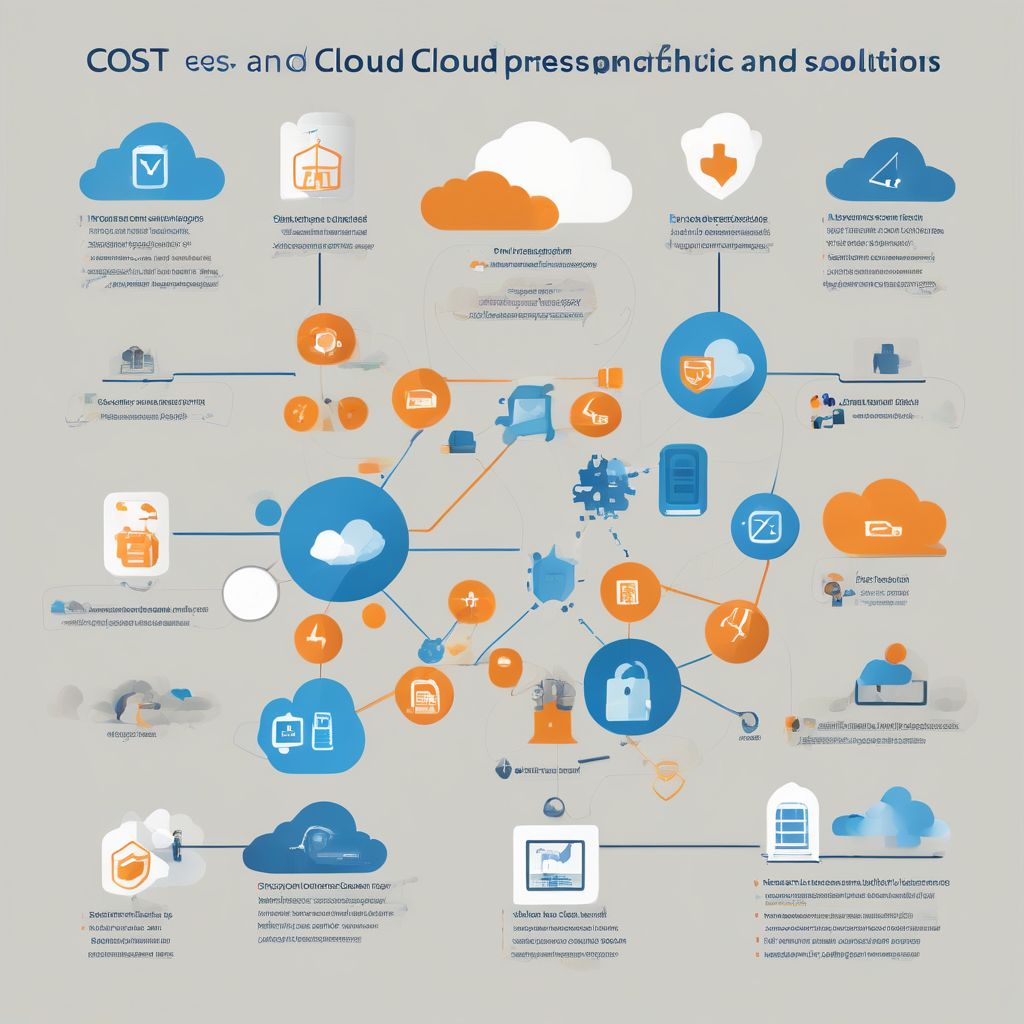Imagine this: you’re setting up a brand new office, and you need to decide where to store all your important documents. Do you invest in filing cabinets and lock them up in a dedicated room within your office (on-premises), or do you opt for a digital storage service like Dropbox or Google Drive (cloud)? This, in essence, is the crux of the on-prem vs. cloud debate in the IT world.
This article delves deep into the ongoing tug-of-war between on-premises and cloud solutions, dissecting their meanings, highlighting their significance, and addressing common queries surrounding this crucial decision for businesses of all sizes.
Understanding On-Premises and Cloud Solutions
What is On-Premises?
“On-premises” (or on-prem) simply means all your IT infrastructure – servers, storage, software – reside physically within your organization’s premises. You are responsible for purchasing, managing, and maintaining all the hardware and software.
What is Cloud Computing?
Cloud computing, on the other hand, is like renting your IT infrastructure from a third-party provider. Instead of owning the hardware, you access computing resources – servers, storage, databases, software – over the internet, on a pay-as-you-go basis. Think of it as subscribing to a streaming service for your IT needs.
cloud.caingong.com/wp-content/uploads/2024/07/on-prem-vs-cloud-infographic-66a084.jpg" alt="On-Prem vs Cloud Infographic" width="1024" height="1024">On-Prem vs Cloud Infographic
Why is the On-Prem vs. Cloud Decision So Important?
Choosing between on-premises and cloud solutions is a strategic decision with long-term implications for your business. It impacts:
- Costs: On-premises solutions often involve high upfront capital expenditure, while cloud solutions offer predictable operational expenses.
- Scalability: Cloud solutions are inherently scalable, allowing you to easily adjust your resources as your business needs change. Scaling on-premises infrastructure can be time-consuming and expensive.
- Security: While both options have their security considerations, cloud providers often have robust security measures in place.
- IT Management: Cloud solutions significantly reduce the burden on your IT team by outsourcing maintenance and updates to the provider.
Frequently Asked Questions about On-Prem vs. Cloud
The on-prem vs. cloud debate often sparks numerous questions. Let’s address some of the most common ones:
1. Which option is more cost-effective?
The answer depends on your specific needs and usage patterns. On-premises solutions require significant upfront investment but can be more cost-effective in the long run for organizations with stable and predictable IT needs. Cloud solutions offer lower upfront costs and a pay-as-you-go model, making them ideal for businesses with fluctuating demands or limited IT budgets.
2. Which option offers better security?
Both on-premises and cloud solutions have their security advantages and disadvantages. On-premises solutions provide more direct control over your data, but require you to manage security in-house. Cloud providers invest heavily in security measures and often have teams of experts monitoring their infrastructure.
3. What is hybrid cloud, and is it an option?
Hybrid cloud combines on-premises infrastructure with cloud solutions, offering the best of both worlds. This approach allows businesses to keep sensitive data on-premises while leveraging the scalability and cost-effectiveness of the cloud for other workloads.
Making the Right Choice: Factors to Consider
Choosing between on-premises and cloud solutions depends on your specific business needs and priorities. Consider the following factors:
- Business size and growth trajectory: Startups and rapidly growing companies may benefit from the scalability of cloud solutions.
- IT budget and expertise: On-premises solutions require significant upfront investment and in-house IT expertise.
- Data security and compliance requirements: Businesses dealing with sensitive data may prioritize the control offered by on-premises solutions.
- Need for flexibility and scalability: Cloud solutions provide greater flexibility and scalability to adapt to changing business demands.
Conclusion: Navigating the Cloud Evolution
The decision of whether to go on-premises or cloud is not a one-size-fits-all answer. Both solutions offer distinct advantages and challenges. By carefully evaluating your specific needs, understanding the key differences, and considering the factors outlined above, you can make an informed decision that aligns with your business goals and sets you up for success in the ever-evolving technological landscape.
We encourage you to share your thoughts and experiences with on-premises and cloud solutions in the comments below. Have you faced any specific challenges or discovered unique benefits? Let’s continue the conversation!
